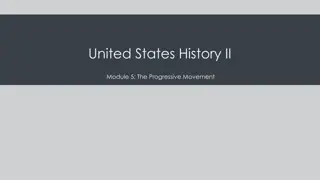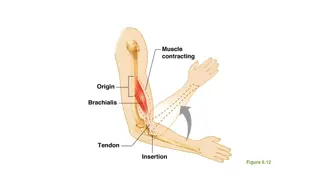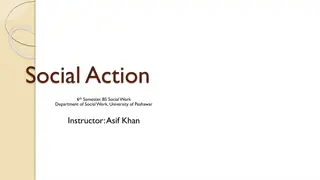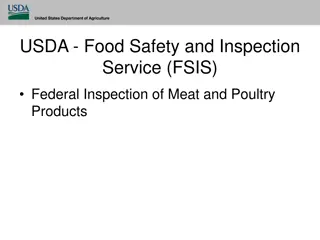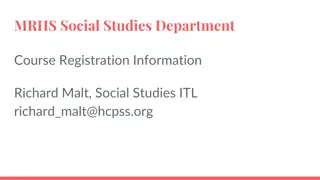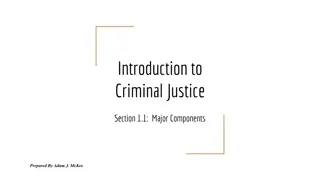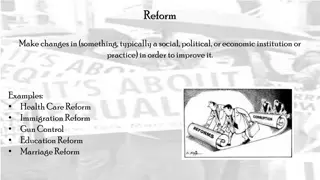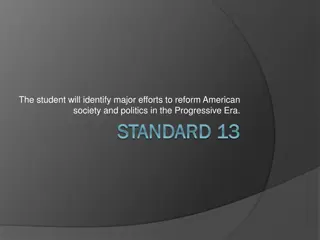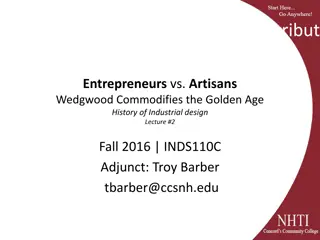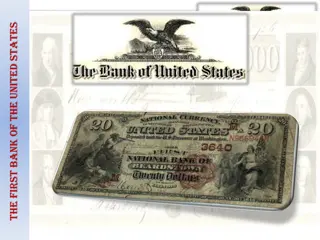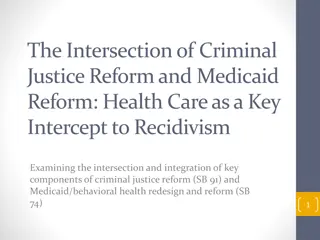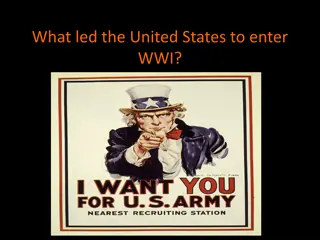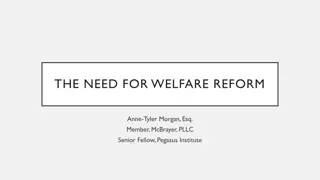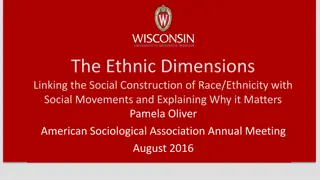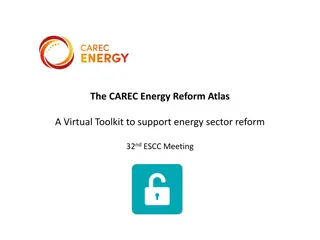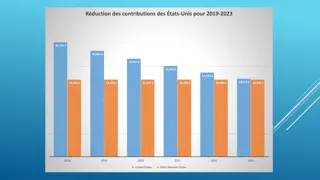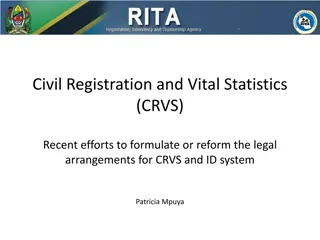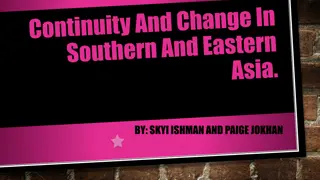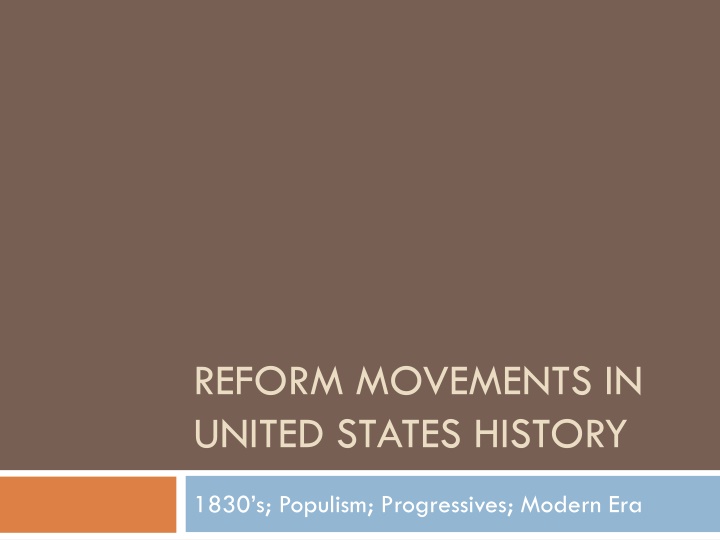
United States History Reform Movements: 1830s to Modern Era
Explore the reform movements in United States history from the 1830s to the modern era, including Populism, Progressives, and the impact of key figures and events such as the First and Second Great Awakenings, education reform, asylum/prison reform, the Women's Movement, the Temperance Movement, and the Abolitionist Movement.
Download Presentation

Please find below an Image/Link to download the presentation.
The content on the website is provided AS IS for your information and personal use only. It may not be sold, licensed, or shared on other websites without obtaining consent from the author. If you encounter any issues during the download, it is possible that the publisher has removed the file from their server.
You are allowed to download the files provided on this website for personal or commercial use, subject to the condition that they are used lawfully. All files are the property of their respective owners.
The content on the website is provided AS IS for your information and personal use only. It may not be sold, licensed, or shared on other websites without obtaining consent from the author.
E N D
Presentation Transcript
REFORM MOVEMENTS IN UNITED STATES HISTORY 1830 s; Populism; Progressives; Modern Era
Reforms of the 1730s 1760s The 1stGreat Awakening A move away from predestination towards living as Jesus had instructed. Related Terms/People/Literature Arminianism free will instead of predestination Jonathan Edwards George Whitefield Sinners in the Hands of an Angry God
Reform 1820s-1850s The Second Great Awakening Preached that you were capable of self-improvement. Salvation through repentance. Each person had a duty to combat sin; lead to reform movements Related Terms/People/Literature Charles G. Finney Burned-over district Mormons; Millerites; Spiritualist; Shakers Growth of Baptist and Methodist is South
Reforms of 1820s-1850s Education Reform Public Schools were formed to provide educational AND moral direction. Middle class families viewed it as a chance for advancement and to instill Protestant ethics. Save immigrants and poor children from bad influences and bad parents to influence good citizenship. Related Terms/People/Literature: Horace Mann
Reforms of 1820s 1850s Asylum/Prison Reform Reformers believed that all problems were correctable. This lead to many state supported prisons and asylums. Poor treatment/abuse of prisoners and patients lead to reform. Related Terms/People/Literature: Dorothea Dix
Reform of 1820s 1850s Reform Turns Radical in the 1830 s Women s Movement Temperance Movement - Reform dedicated to the removal of alcohol from society due to rise in alcoholism, spousal abuse, and mismanagement of family funds. Women s Equality Seneca Falls Convention demanded women s right to vote; rejected the Cult of Domesticity; gender equality
Reform of 1820s 1850s Women s Movement Continued Related Terms/People/Literature: Lucretia Mott Elizabeth Cady Stanton Sojouner Truth Clara Barton Dorothea Dix Seneca Falls Convention
Reform of 1820s 1850s Abolitionist Movement Abolition of slavery. Mostly appealed to small town citizens in the North. Related Terms/People/Literature William Lloyd Garrison The Liberator Frederick Douglass The North Star Harriet Tubman Underground Railroad Harriet Beecher Stowe Uncle Tom s Cabin American Anti-Slave Society Liberty Party
Reform of 1820s 1850s Utopian Communities Reformers who grew tired of trying to reform society began their own ideal communities. Key Terms/People/Literature Robert Owen and Charles Fourier created socialist communities Shakers believed in sexual equality and the 2ndcoming of Christ Onieda Community 2ndcoming of Christ has already occurred which negates the need for moral rules; free love George Ripley formed a utopian society based on education
Reform of 1820s 1850s Transcendentalism Literary & philosophical idea that individuals can transcend reality & connect with universal spiritual forces Key Terms/People/Literature Henry David Thoreau Walden Pond (advocated a utopia of 1); Civil Disobedience Ralph Waldo Emerson Nature; Self-Reliance
Reform of 1880s Civil Service Reform Brought on by the spoils system and the growth of government during the Second Industrial Revolution Pendleton Act 1883 merit based exams for civil service jobs Women s Christian Temperance Movement Fought for temperance, improvement in race relations and women s right to vote. (Carrie Nation)
Populist Reforms 1880-1896 Granger Movement They were angry at wholesalers, banks, and railroads (Eastern establishment) They established co-ops, banks and grain elevators. Granger movement died out in the 1870 s depression.
Populist Reforms 1880-1896 National Farmer s Alliance Ocala Demands: Free Coinage of Silver, railroad regulation, direct election of US Senators, national income tax, storage of grain in government silos when prices are low
Populist Reforms 1880-1896 Populist Party Politically oriented group of agrarian farmers in the Midwest and South that formed a coalition with factory workers that advocated a wide range of economic and political legislation In addition to the Ocala Demands they wanted an 8 hour workday, break-up of monopolies, and immigration restrictions.
Populist Reforms 1880-1896 Populist Party Key terms/people/literature Williams Jennings Bryan Bimetalism Bland Allison Act Sherman Silver Purchase Act *Populist ideas enacted by other parties: national income tax, direct election of US Senators, secret ballot. The movie, Wizard of Oz, is a populist allegory.
Progressive Reforms 1890s-1920s Began in cities to reform working conditions, living conditions and labor problems. Themes: belief in progress, Social Gospel, government help to achieve goals, change environment to change people, and humanize industry and urbanization
Progressive Reforms 1890s-1920s Populist Movements Prohibition lead to 18thAmendment Prostitution raised moral conscience; many states outlawed brothels Good Government Movement fought to end local government corruption. Moved power away from party bosses to city councils and mayors. Muckraking Journalism Journalist used their craft to expose societal problems in many different areas.
Progressive Reforms 1890s-1920s Standardizing Education assimilation of immigrants, creative intelligence Women s Movement Women s suffrage movement (19thAmendment); birth control education to help eliminate poverty African-American Movement racial equality; integrated schools etc. Workers Movement Union Movement
Progressive Presidents Teddy Roosevelt trust busting; industry regulations; conservation of land and resources; Department of Commerce and Labor; Big Stick Diplomacy William Howard Taft trust buster; safety codes for miners; Children s Bureau; split the Department of Commerce and Labor into two separate departments; Dollar Diplomacy Woodrow Wilson graduated income tax; Federal Reserve Act; Clayton Anti-Trust Act; 16-20th Amendments; Moral Diplomacy
Progressive Reforms 1890s-1920s Key terms/people/literature Settlement houses Jane Hull Social Gospel Mugwumps Jacob Riis How the Other Half Lives Henry George Progress and Poverty (showed the gap between rich and poor)
Progressive Reforms 1890s-1920s Key terms/people/literature Lincoln Steffan Shame of the Cities (exposed city political machine corruption) Ida Tarbell History of Standard Oil (exposed Rockefeller s ruthless business practices) Upton Sinclair The Jungle (exposed unsanitary conditions of meatpacking industry which would lead to the Pure Food and Drug Act) John Dewey Education reform
Progressive Reforms 1890s-1920s Key terms/people/literature Margaret Sanger Booker T. Washington Atlanta Compromise Speech WEB DuBois Niagara Movement NAACP Samuel Gompers American Federation of Labor Women s Trade Union Industrial Workers of the World Triangle Shirtwaist Comapany
Progressive Reforms 1890s-1920s Key terms/people/literature Initiatives, referendums, and recalls Robert La Follette Wisconsin Governor

